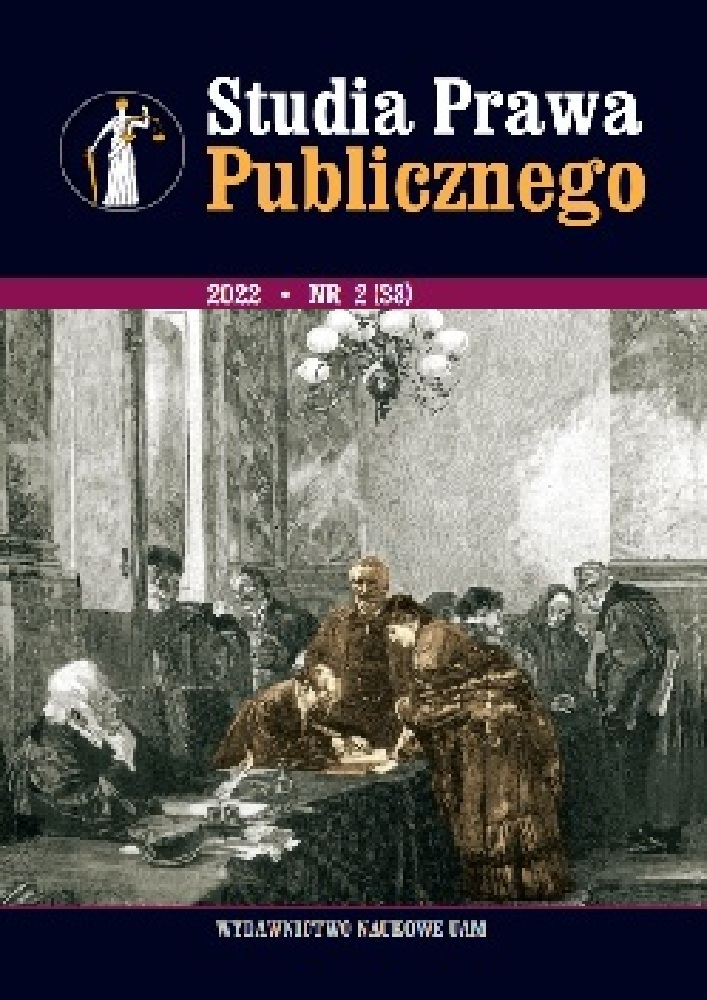Abstrakt
The cited judgment of the Supreme Administrative Court focuses on the meaning of the expression “access from the same public road”. The judgment of the Court of Second Instance deserves to be approved because the recitals of this judgment take into account the right to develop the plot to which the investor holds the legal title, the broad understanding of ‘neighborhood’, as well as the values that constitute the ratio legis of the Act on spatial planning and development.
The rationale of the Supreme Administrative Court’s decision results primarily from the fact that a narrow understanding of neighbourhood which is prompted by the linguistic interpretation was not deemed sufficient. Referring to the jurisprudence, and above all the legislative activity of the Supreme Administrative Court and the doctrine of administrative law, it should have been concluded that the effects of the linguistic interpretation were legitimately checked from the point of view of the legislator’s goal when enacting the Act on Spatial Planning and Development. Therefore, it was necessary to make a purposive interpretation that justifies the need to take into account the right to develop a building plot, take into consideration values such as spatial order, sustainable development, ownership and public interest, as well as the interest of third parties.
The position of the judgment under review is not uniform in the jurisprudence. However, it does take into account the need to weigh up the disputed interests. Although the right of ownership is significantly limited in the planning and legal regulations, it is unacceptable to deprive it of its use only due to the assumption that neighbourhood should be understood as the contact of two plots or their access to the same public road.
Bibliografia
Gutowski M., Kardas P., Wykładnia i stosowanie prawa w procesie opartym na Konstytucji, Warszawa 2017.
Leoński Z., Szewczyk M., Kruś M., Prawo zagospodarowania przestrzeni, Warszawa 2019.
Mączyński M., Zasady ogólne planowania i zagospodarowania przestrzennego jako wyznacznik racjonalnej polityki przestrzennej, w: Planowanie przestrzenne w miastach na prawach powiatu. Diagnoza problemu, pod red. T. Mądrego i E. Topolnickiej, Poznań 2018.
Niewiadomski Z., Komentarz do art. 61, w: Planowanie i zagospodarowanie przestrzenne. Komentarz, pod red. Z. Niewiadomskiego, Warszawa 2019.
Sobol E., Popularny słownik języka polskiego PWN, Warszawa 2003.
Zalas G., Warunki zabudowy i zagospodarowania terenu – nowe rozwiązania w zakresie realizacji inwestycji, „Casus” 2004, nr 31.
Zieliński M., Wykładnia prawa. Zasady, reguły, wskazówki, Warszawa 2010.
Zirk-Sadowski M., Problemy wykładni językowej w prawie administracyjnym, w: Wykładnia w prawie administracyjnym. System prawa administracyjnego, t. IV, pod red. R. Hausera, Z. Niewiadomskiego, A. Wróbla, Warszawa 2015.
Licencja
Prawa autorskie (c) 2022 Maciej Mączyński

Utwór dostępny jest na licencji Creative Commons Uznanie autorstwa – Użycie niekomercyjne – Bez utworów zależnych 4.0 Międzynarodowe.

